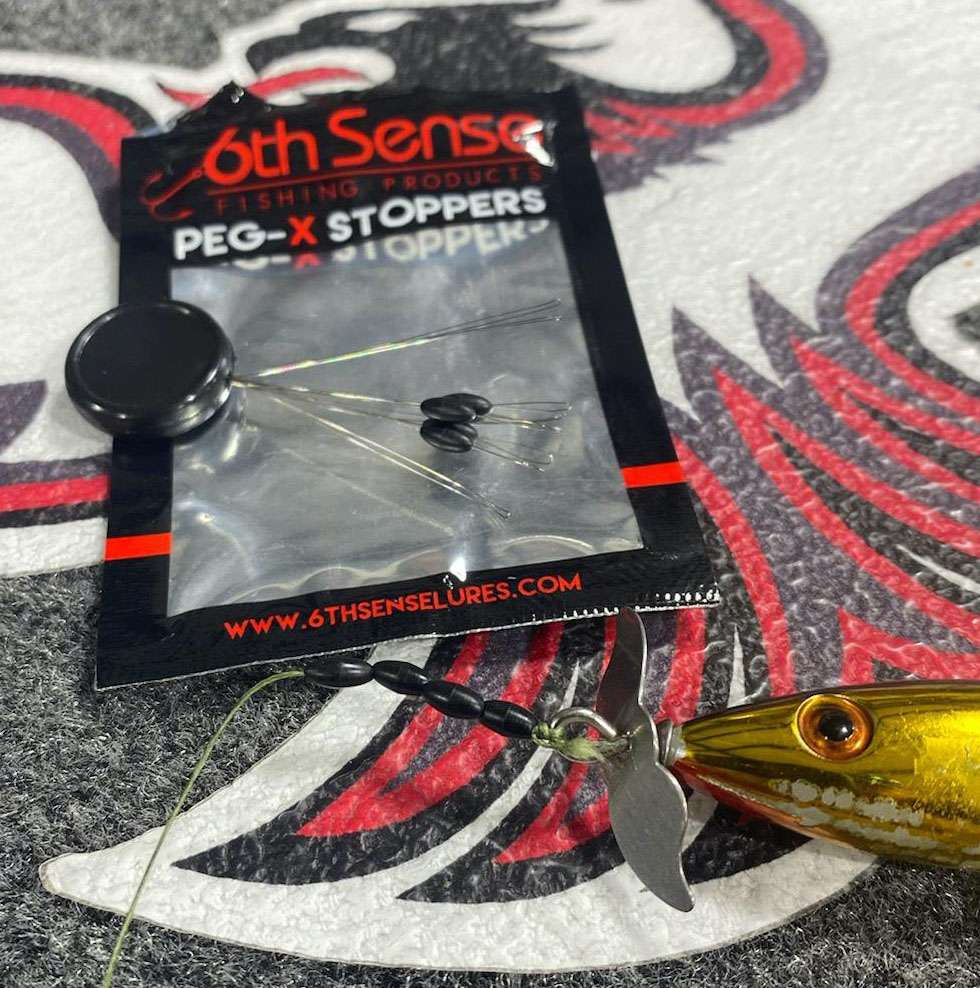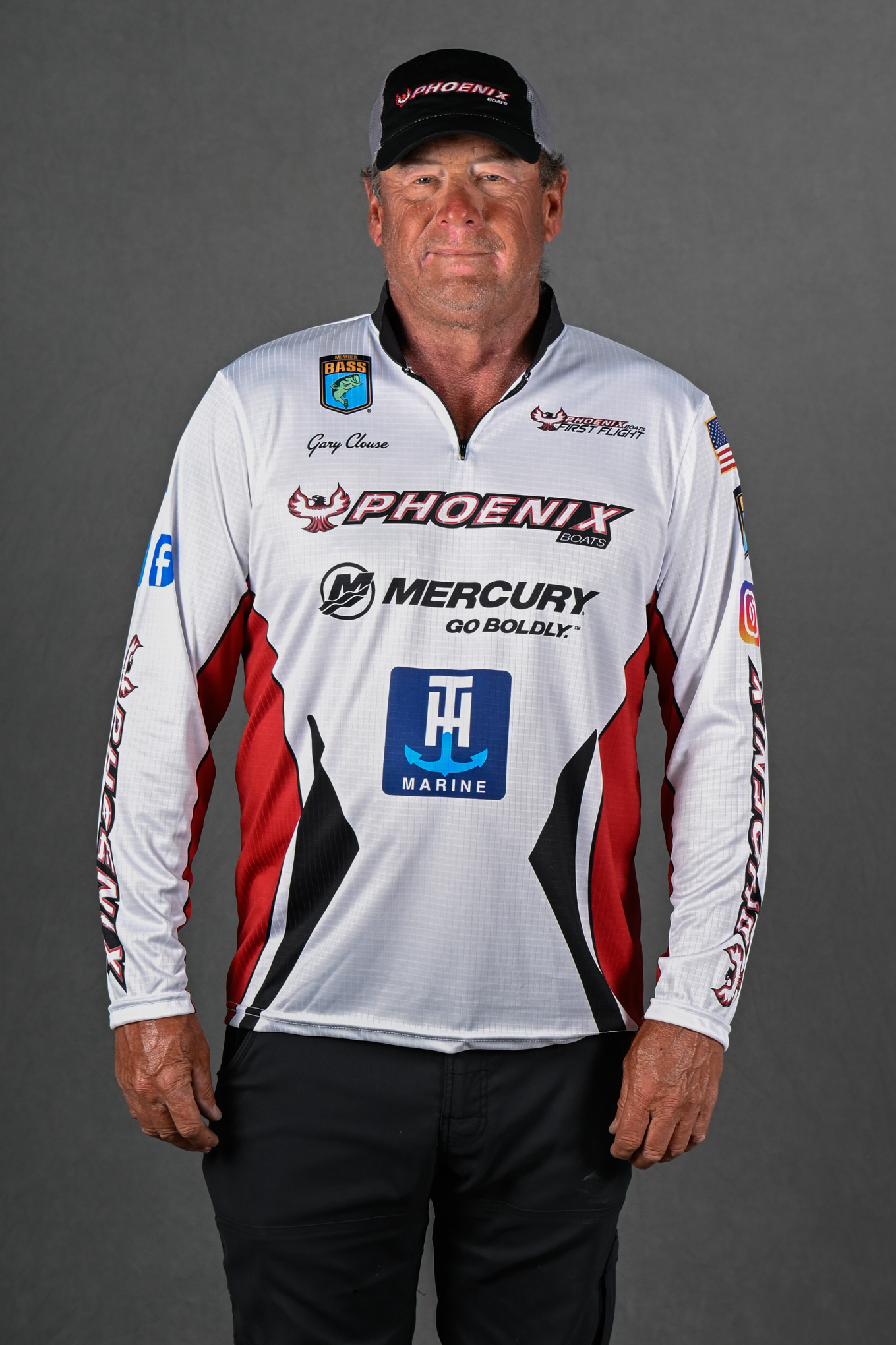
There are some items in fishing that don’t cost a lot but can be very valuable. One example is bobber stops.
I know … bass anglers don’t fish with bobbers. But there are a number of reasons why these tiny gems can come in handy for bass anglers as well.
In fact, I bet you will find them in the tacklebox of every Bassmaster Elite Series pro.
Most anglers know they are great for pegging sinkers when pitching or flipping into cover. I will put a couple on the line ahead of the sinker and then snug them down to keep the weight with the soft plastic lure. You likely will need more than one for added friction, especially when punching with a heavier weight.
They also work for adding versatility to a lightweight Carolina rig for shallow water. I will put on a bobber stopper, then a 1/4- or 1/8-ounce sinker, then another bobber stopper before tying on the hook. This gives me flexibility as needed to shorten or lengthen the distance between the lure and the weight.
Or, if you decide you don’t want to Carolina rig, simply slide the sinker and stoppers down to the top of the worm and you have a Texas rig without having to re-rig.
The bobber stops work on braid or fluorocarbon. I have found the 6th Sense brand works for me, and they last a long time, but there are several companies that offer them. Some companies even provide stoppers in different sizes to match the line size you use.
Their use doesn’t end there. A little ingenuity can create other uses if you put some thought to it.
That’s what happened to me one day while fishing a Florida Lake with a Devil’s Horse. Smithwick’s topwater lure has a prop on the nose and tail. One of the problems we encounter with those lures when fishing braid is the line will catch around the front prop or treble if you pause the bait during a retrieve. Some guys reduce the problem by tying a 6-inch, heavy monofilament leader between the braid and the lure. The stiffer line keeps it away from the prop and front hook.
By happenstance, I discovered the bobber stops work just as well.
I picked up a rod that had a pegged sinker and 40-pound braid. I cut off the lure and removed the sinker, then shoved the bobber stop forward in case I wanted to put the worm back on that rod.
I got to thinking about that and added three more bobber stops, tied on the Devil’s Horse and slid the stoppers down against the nose of the bait.
It worked beautifully! Those stoppers helped keep the braided line stiff enough that the braid stayed away from that prop and front hook. That saved me time from having to untangle it and kept my casts productive.
So, if you haven’t already, I suggest you invest in some bobber stoppers and put them in your tacklebox. You can find them in your local tackle shop or online, and a pack costs about $3.
They have proven to be valuable in the situations I mentioned earlier and perhaps will help you solve a problem you encounter in your fishing.





